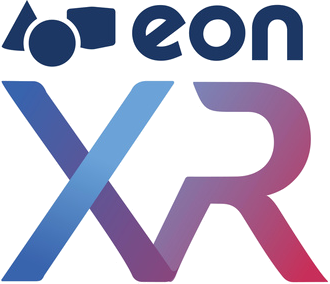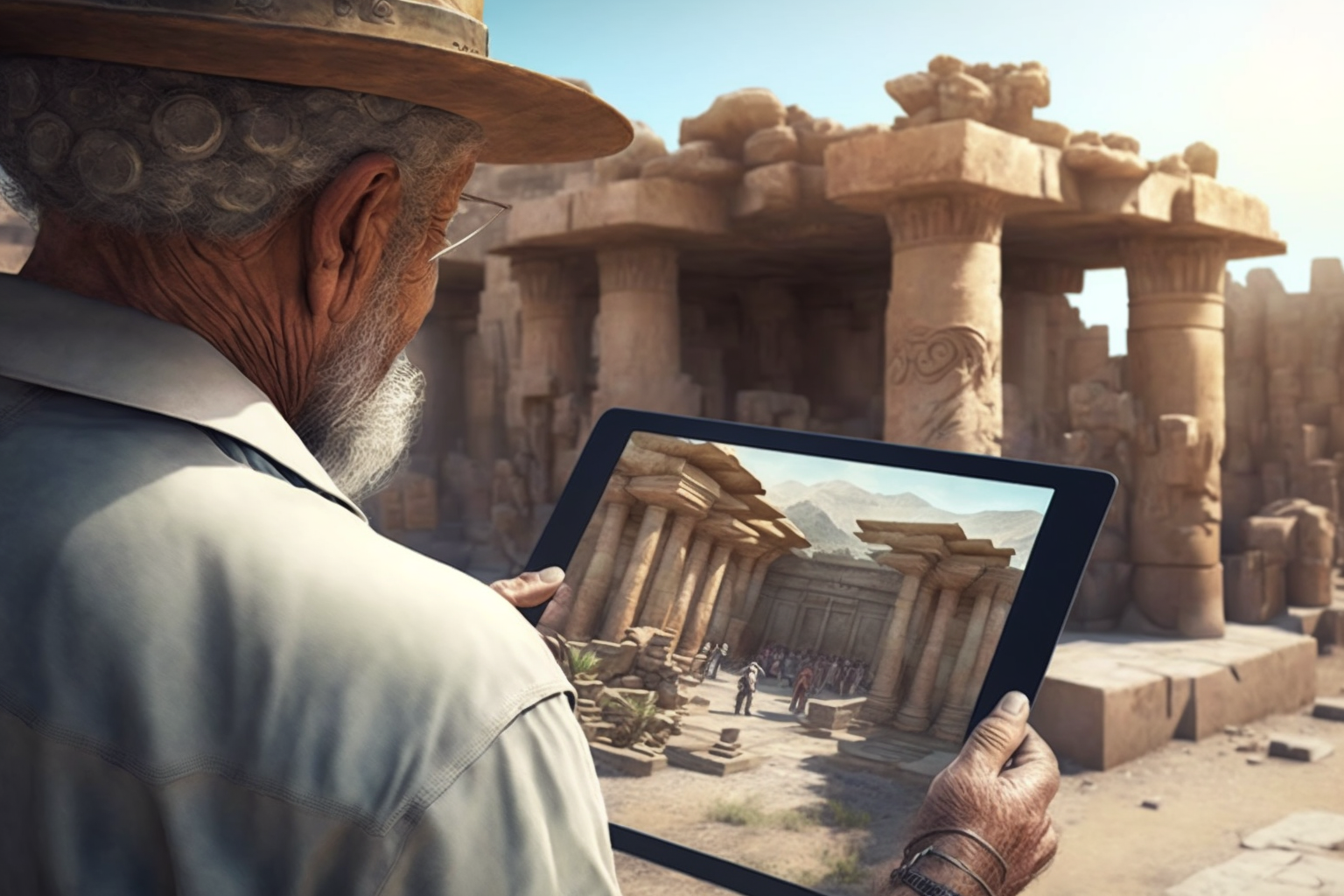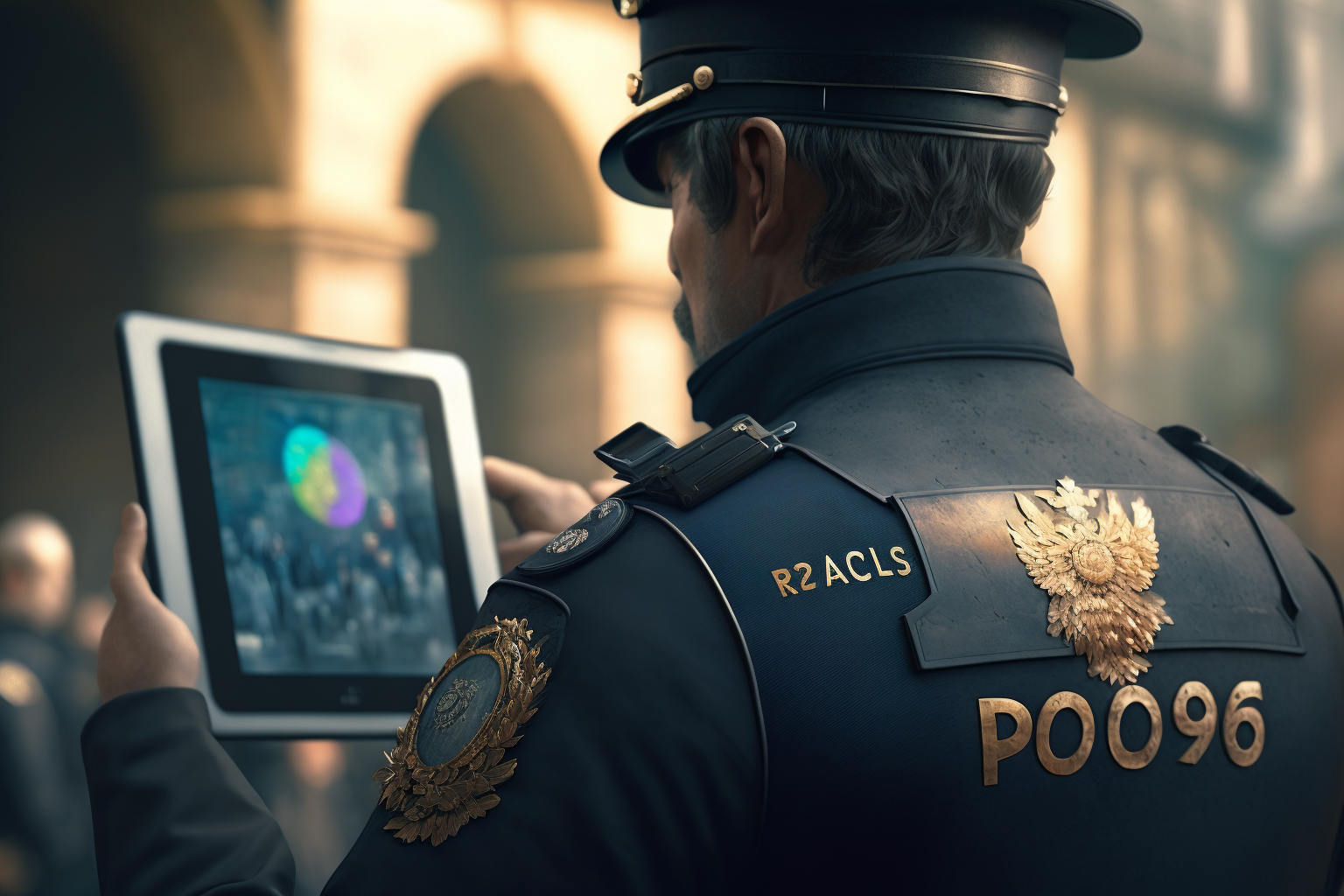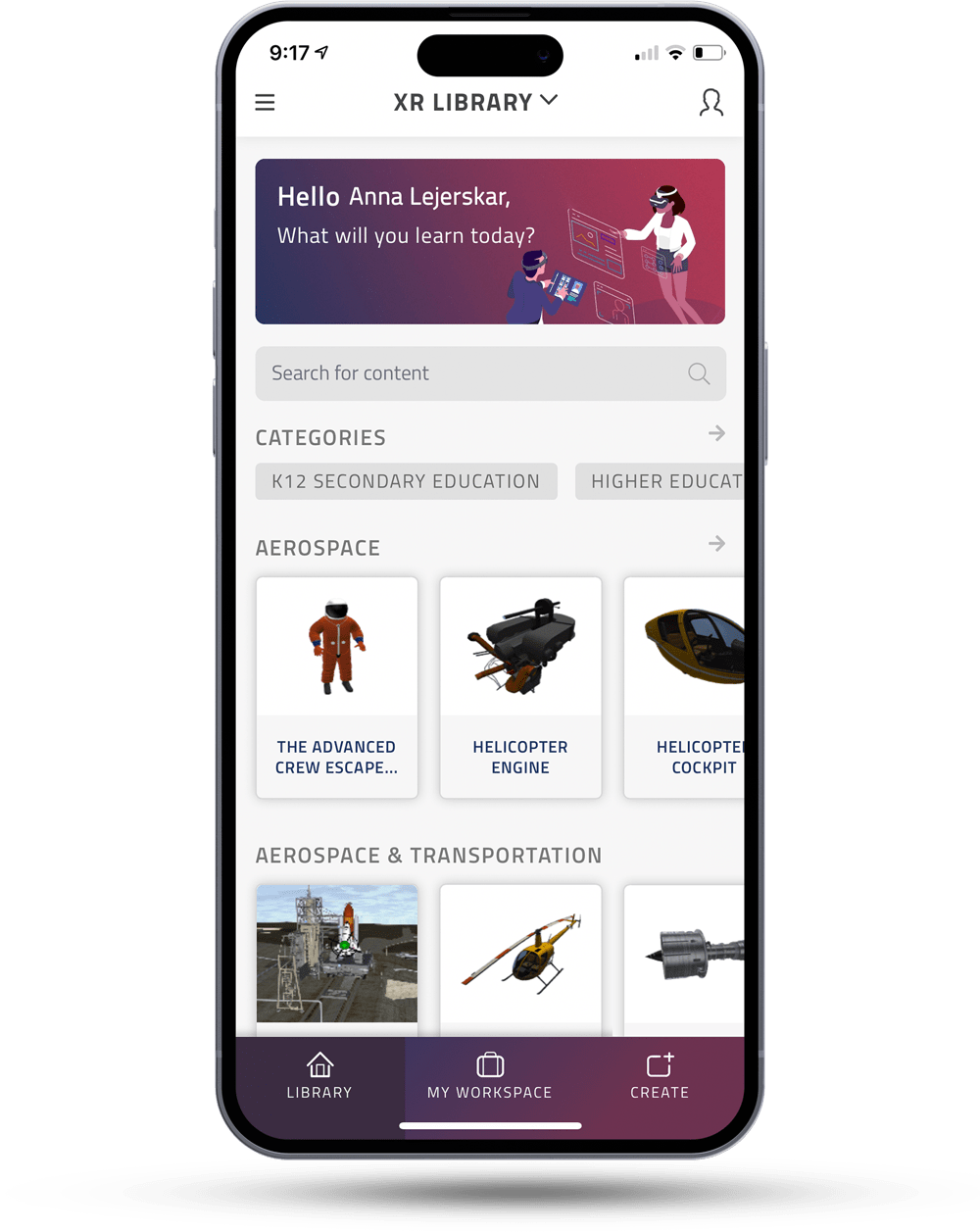How can teaching strategies be adapted on EON-XR to encourage critical thinking while assessing comprehension? In this article, we share some tips based on real life examples that you could use for your classroom today.
Critical thinking has been named as one of the key 21st century survival skills by Tony Wagner in 2011. According to the World Economic Forum, it continues to be one of the most in-demand skills in modern workplaces today.
This trend is set to stay. In fact, reports suggest that 65% of children entering primary school today will ultimately end up working in completely new job types that aren’t on our radar yet.
While the world continues to change and adapt, the education system has to reflect these changes. As OECD points out, “We live in a fast-changing world, and producing more of the same knowledge and skills will not suffice to address the challenges of the future. A generation ago, teachers could expect that what they taught would last their students a lifetime. Today, because of rapid economic and social change, schools have to prepare students for jobs that have not yet been created, technologies that have not yet been invented and problems that we don’t yet know will arise.”
So the question is, are today’s students ready for them? Can they imagine their place in the job market of tomorrow when the future is still uncertain?
So, how exactly do we teach and encourage critical thinking and equip the workforce of tomorrow to continually grow, learn and adapt?
Let’s take a look at some of them!
Critical thinking through active and immersive learning experiences
Active learning is defined as a learning process where students are engaging and interacting with instead of passively consuming information. According to researchers, active and immersive learning has been linked to increased learning in students.
So what does active learning look like on EON-XR?
Using EON-XR, teachers can create interactive 3D lessons that mimic real world interactions in the form of scenarios or case studies. For example in a medical setting, patient encounter simulations can be created to learn what it’s like to work with a patient, to collect evidence from their patient and then work towards forming a differential diagnosis.
This can be done through the 360 mode on EON-XR where instructors can create an animated narrative of a patient recounting their symptoms. Additional pieces of information such as the patient’s medical history can be added to the lesson to allow the student to critically evaluate the given information, practice deductive reasoning and come to a conclusion. Likewise, this model is easily replicated in other teaching scenarios where the objective is to train students to evaluate real-life situations and put their learning into practice.
Chickering and Gamson (1987) reminded educators that “Learning is not a spectator sport. Students do not learn as much as sitting in classes listening to teachers, memorizing prepackaged assignments and spitting out answers.”
Simply put, this process of learning allows students to connect old knowledge with new information and helps to contextualize the information, lending a holistic approach to learning.
Check out a preview of our latest update of EON-XR and their functions in this video below.
Learning activities in structured, small groups
Brookfield (2012) claims critical thinking occurs best in small group settings because students discover assumptions and perspectives from listening to one another.
For instance, design a research project for students that requires multiple lessons to demonstrate core subject knowledge. Instructors can facilitate independent and critical thinking by assigning collaborative research projects for students in contextualized situations, which involves the creation of lessons to explore real-world problems.
This can be done by getting students to illustrate the process of how to land the Rover on Mars using the Spatial Meetings feature. Then task students to assume the role of aerospace engineers and demonstrate the engineering and design thought processes behind the landing using knowledge panels and voice recordings.
These assignments will help students to examine assumptions that they may not even know they have, see knowledge in new ways and share perspectives.
Here’s a sneak peek at how Spatial Meetings could work for this activity.
Ask questions that promote discovery and critical thinking
One way to facilitate critical thinking is to encourage students to use fundamental concepts to reason through thought provoking questions. In addition, the timing, sequence and clarity of questions that are asked can be as important as the type of question that is asked. Using Merged XR, any object can be used to encourage critical thinking when paired with questions in the right order. Here are some examples:
| Levels | Purpose | Prompts | Example Questions |
| Remembering | Memorize and recall facts | Recognize, list, describe, identify, retrieve and name | What is the function of?
What do we know about? |
| Understanding | Interpret Meaning | Describe, generalize, explain | Summarize or explain
What will happen if…? |
| Applying | Apply knowledge to new situations | Implement, solve, hypothesize | What could happen if.
How could …. be used to ….? |
| Analyzing | Break down or examine information | Compare, organize, deconstruct | Why is …. important?
What is the difference between … and … ? |
| Evaluating | Judge or decide according to a set of criteria | Check, critique, judge, conclude and explain | How does … affect?
What is the best … and why? |
| Creating | Combine elements in a new pattern | Design, construct, plan, produce | What might happen if…?
What could be invented to ….? |
From Alison King, “Inquiring Minds Really Do Want to Know: Using Questioning to Teach Critical Thinking,” Teaching of Psychology 22 (1995): 14.
Using immersive technology is one innovative way educators can encourage critical thinking into the classroom, so if you are looking for more classroom inspiration, here are some additional resources to get you started! Need help? Feel free to reach out to us with any questions or concerns by emailing [email protected].
Sources:
Wagner, T. (2011). Tony Wagner’s seven survival skills for 21st century. Retrieved from https://prezi.com/robrm-20llks/tonywagners-seven-survival-skills-for-21st-century/
Chickering, A. W., & Gamson, Z. F. (1987). Applying the seven principles for good practice in undergraduate education. AAHE Bulletin, 39, 3-7.
Brookfield, S. (2012). Teaching for Critical Thinking: Tools and Techniques to Help Students Question Their Assumptions. San Francisco, CA: Jossey-Bass



















